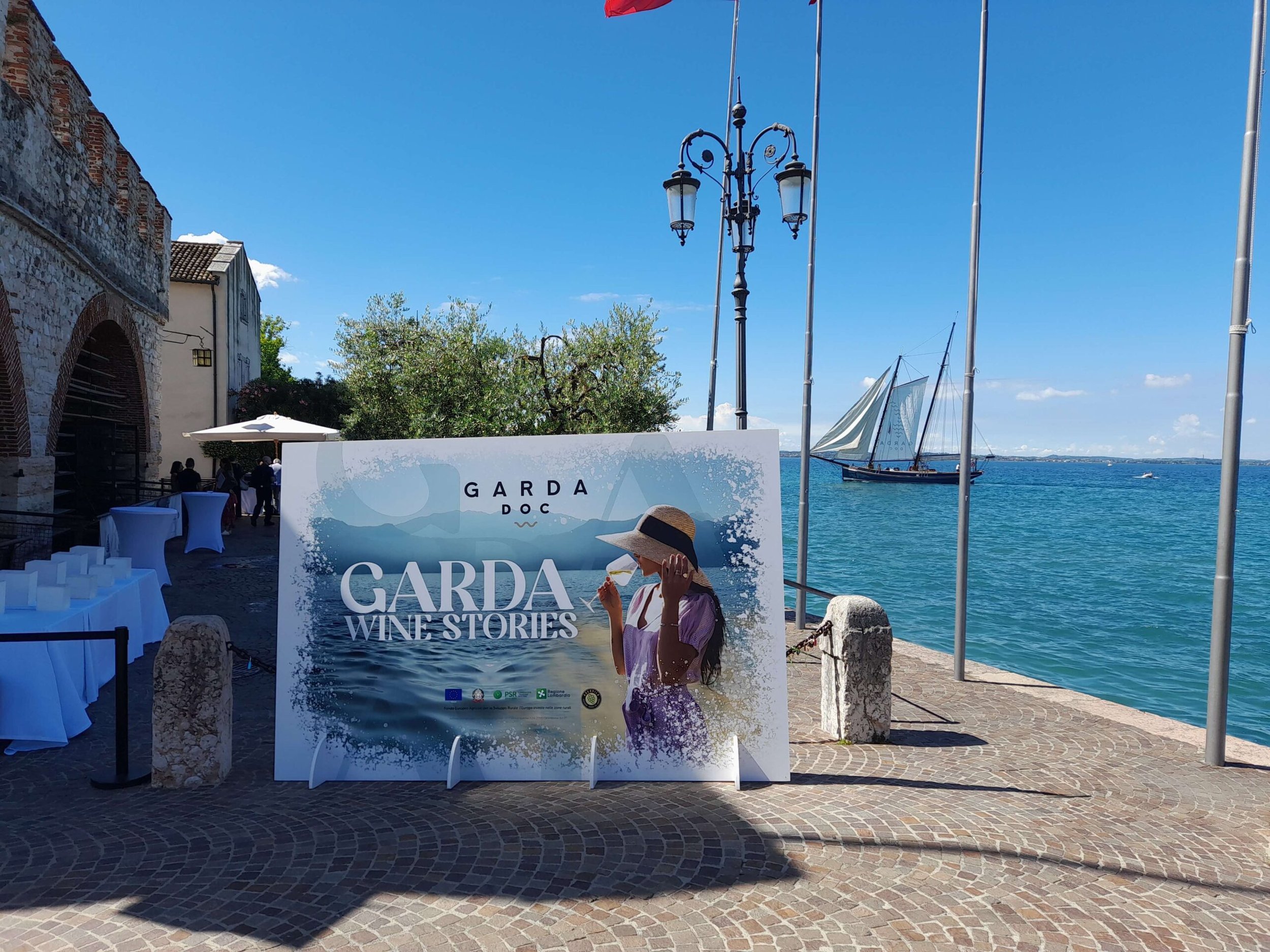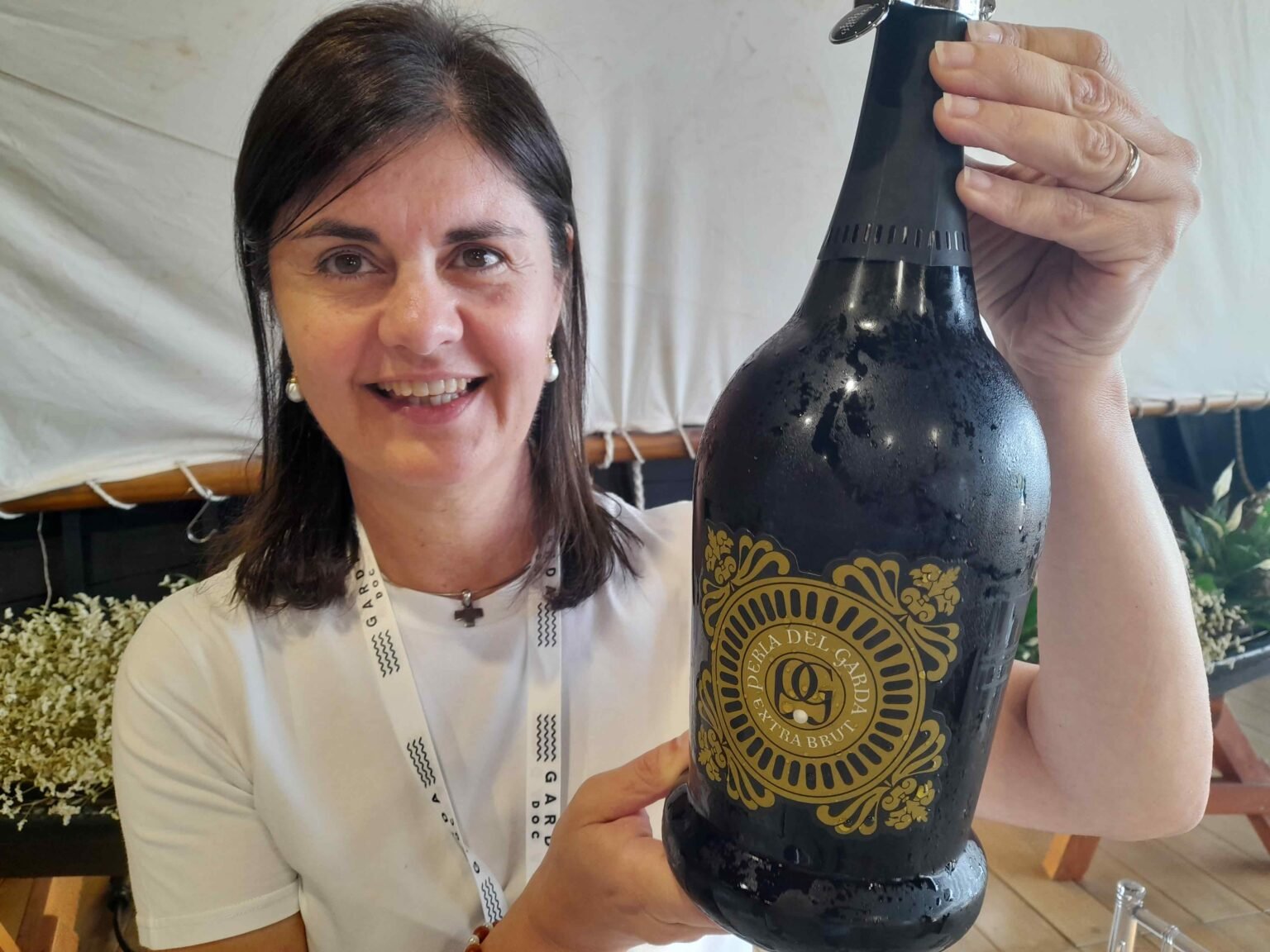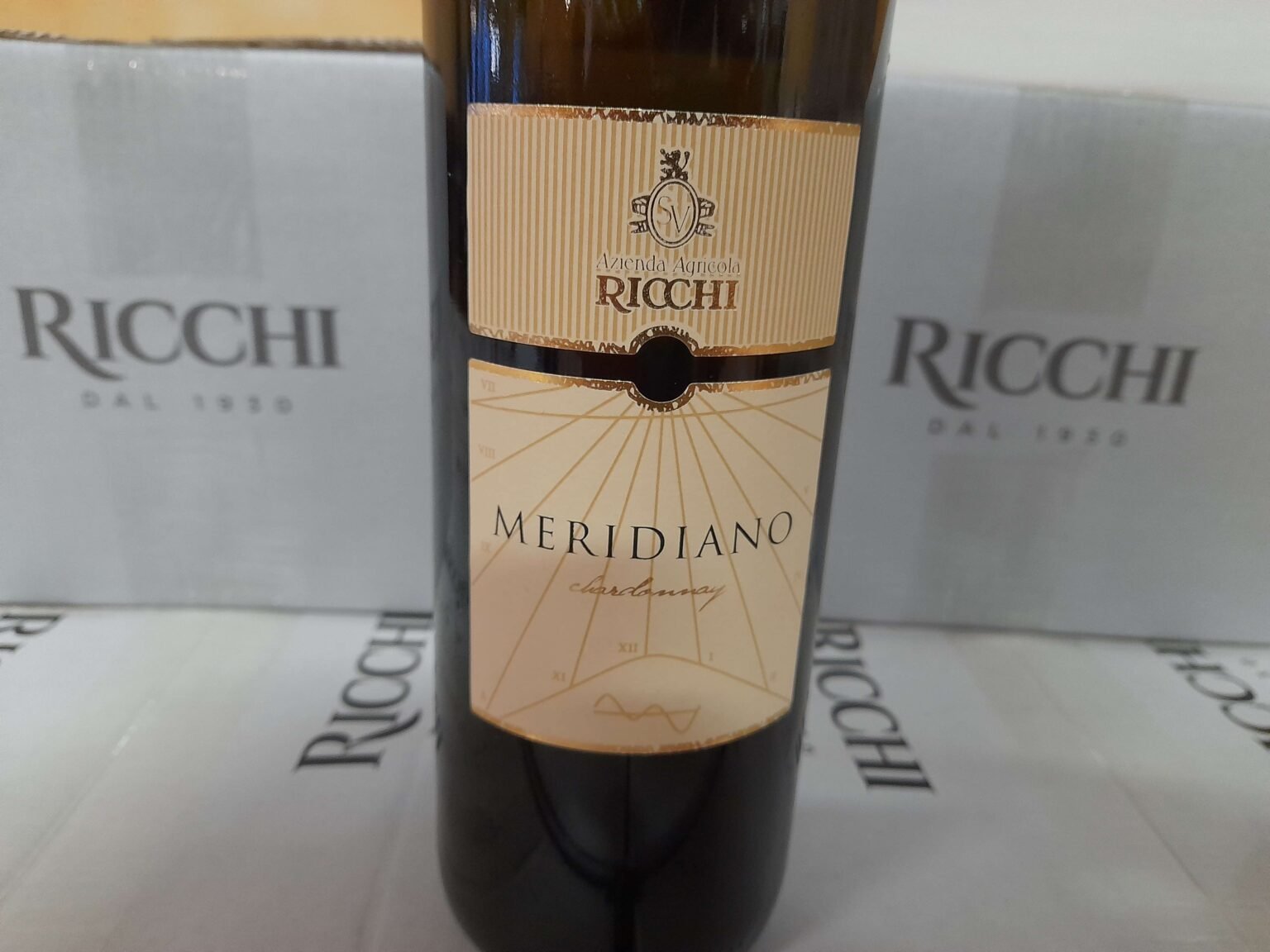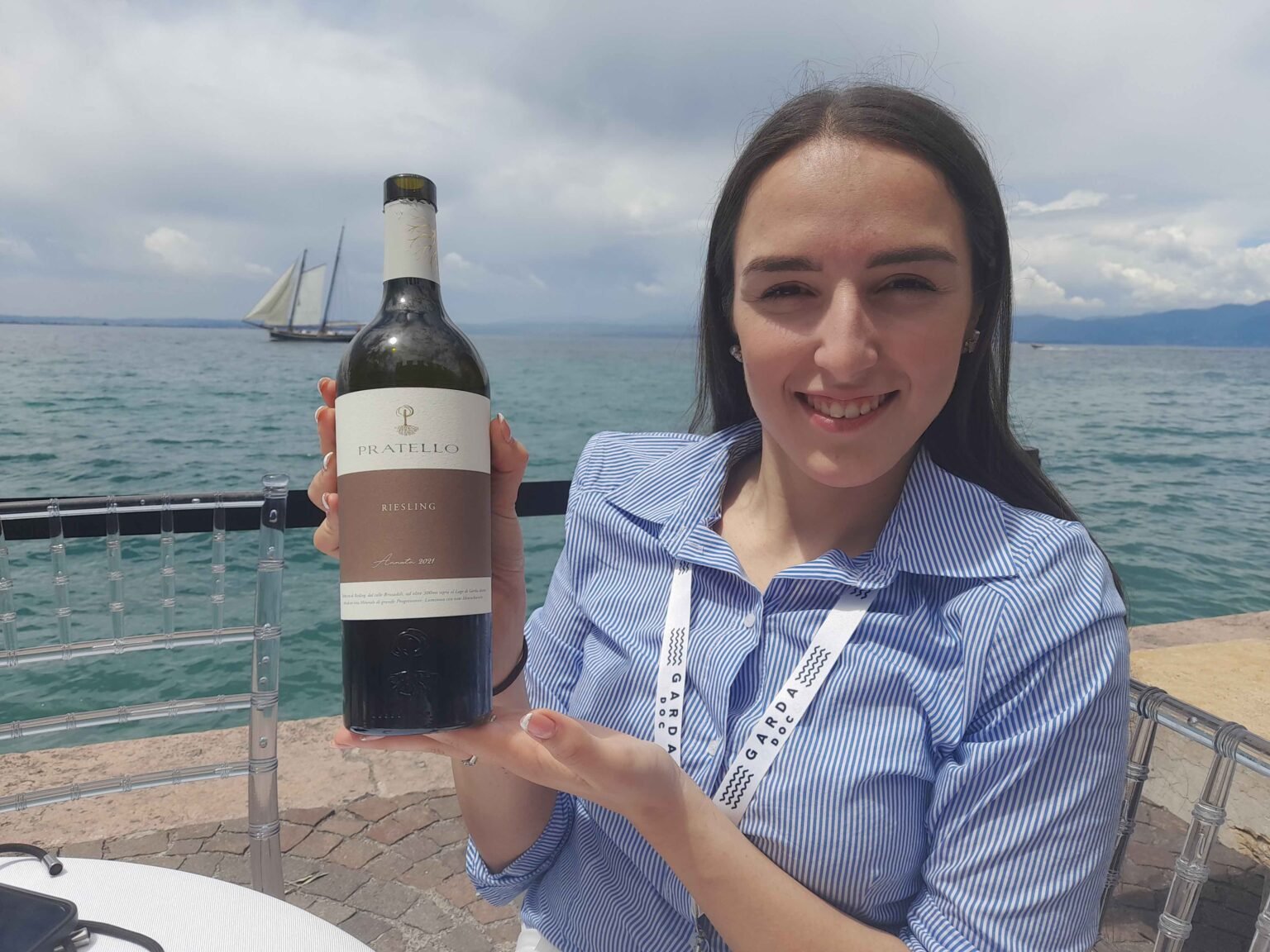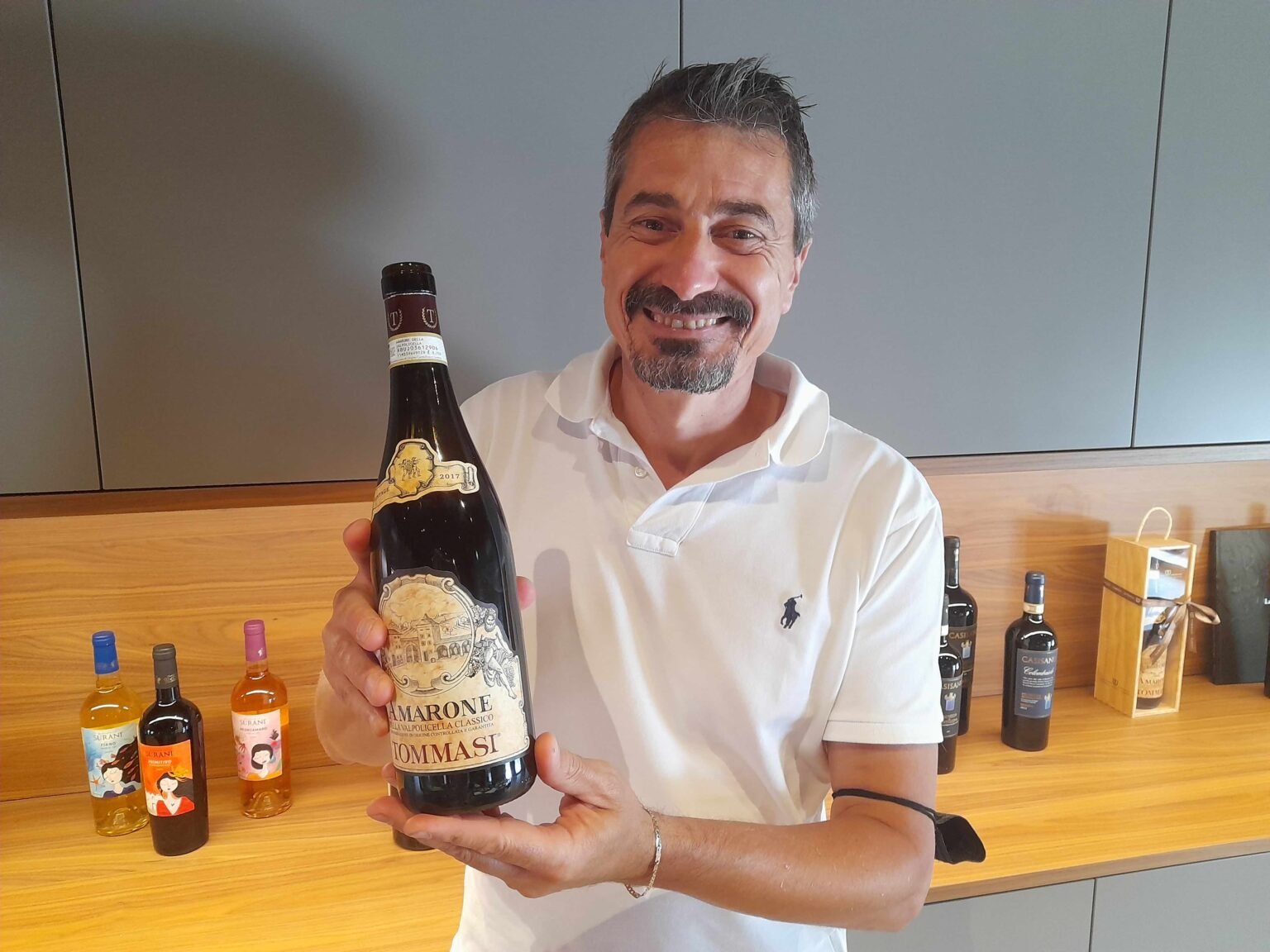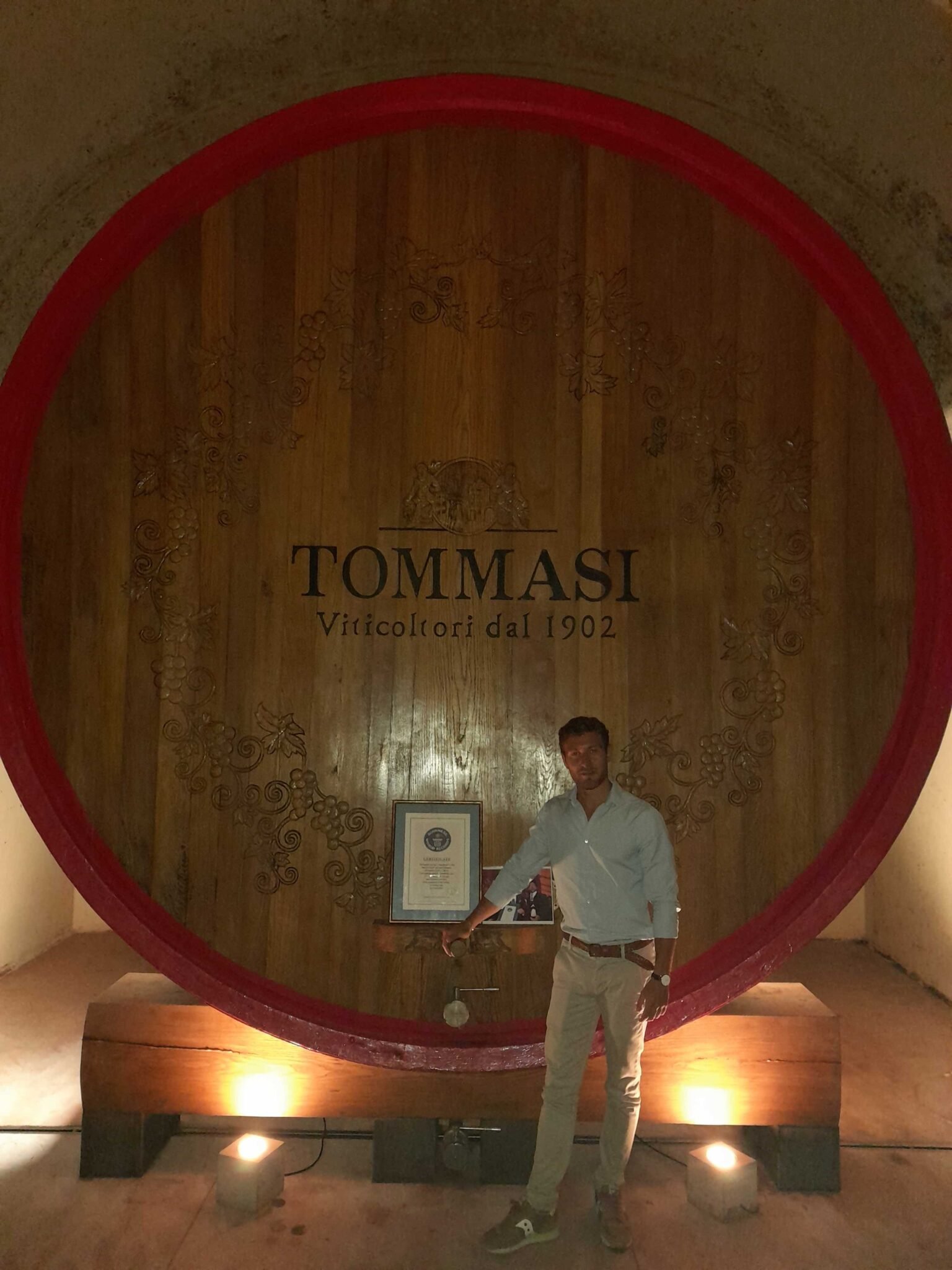The Herculean efforts of Ben Stokes and his team on the field on Sunday, when England won the T20 World Cup, were matched just as well by the ICC catering team at Melbourne Cricket Ground. Getting the mix right to cater for a thirsty Barmy Army while respecting the Muslim fans that made up almost 75% of the crowd was no mean feat as The Buyer’s man on the ground, Geoffrey Dean, discovered when he talked to John Hutchinson, the ICC’s national catering manager.
Jos Buttler lifts the T20 World Cup
By Geoffrey Dean November 14, 2022
It was not just England’s cricketers who distinguished themselves at the Melbourne Cricket Ground on Sunday when they won the T20 World Cup on a memorable night. Their supporters, who numbered around a quarter of the 80,000 crowd, got through as many as 60,000 schooners of beer (each measuring 425ml, which is not that far off a British pint).
That was the figure released to The Buyer on the morning after the match by John Hutchinson, the national catering manager for the International Cricket Council [ICC], whose tournament it was. “The English Barmy Army fans’ consumption was definitely noteworthy,” confessed the Sydney-based Australian.“I’ve worked in stadiums at major sporting events for 12 years, and the British fans always drink the most. More than the Australians do. The British & Irish Lions’ rugby matches see the biggest amount drunk, although our rugby league consumption is also immense.”
England’s Barmy Army - “notable consumption”
Given that the only beer on sale at the MCG was not one most England fans would have been familiar with – a trendy, hip Indian brand called Bira 91 that was the ICC’s official tournament beer – their quaffing was all the more impressive. With the majority of the 60,000 or so Pakistan supporters (Atkinson’s estimate) not imbibing alcohol, it was left to the England fans and a few neutrals to try to drink the bars dry.
Other alcoholic beverages were of course available. An impressive 12,000 cans of pre-mixed drinks, such as gin and tonic and vodka cocktails, were consumed along with 3,000 glasses of wine. There was not much choice of wine for spectators – again just the ICC’s sponsored brand, namely Jacob’s Creek, with Sauvignon Blanc and Shiraz in the public seats, and barrel-aged Cabernet Sauvignon and Chardonnay in the boxes and hospitality areas. Jacob’s Creek sparkling wine was also available.
John Hutchinson, ICC’s national catering manager
“The wine consumption was a bit low, although perhaps not a surprise given it was mainly a Muslim audience,” Hutchinson mused. “Instead, they got through 22,000 bottles of soft drinks and 15,000 bottles of water. We sold a record number of vegetarian samosas though – around 14,000 – while the non-Pakistan fans ate most of the 5,000 beef burgers and 3,000 hot dogs sold. We went into the tournament trying to ensure we were catering to cultural needs, and halal product was promoted through the venue. Both the Muslim population and the Brits were buyers of 6,000 portions of fish and chips.”
Hutchinson paid tribute to Visit Victoria, the state government’s tourist arm who helped make the tournament such a success. Three crowds in excess of 80,000 at the MCG (including 90,000 for the India v Pakistan game) ensured there were excellent takings for drink and food despite some washed-out games in Melbourne. The city’s commitment to sport has never been stronger, with Visit Victoria the new £9 million sponsors for the Australian women’s netball team and the Commonwealth Games taking place in 2026 around the state. These are centred on the notable wine-producing towns of Geelong, Ballarat and Bendigo as well as Gippsland, a premier region for Pinot Noir.





























